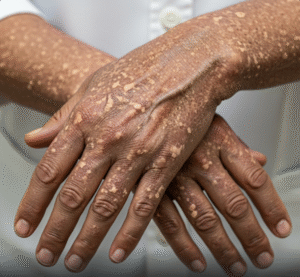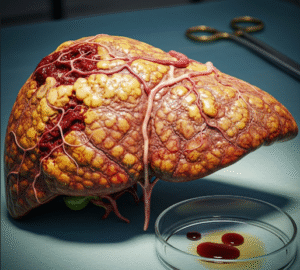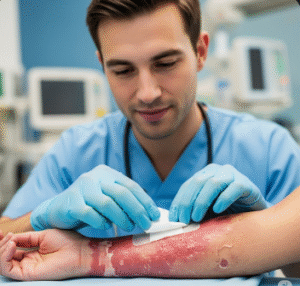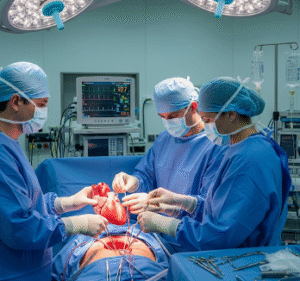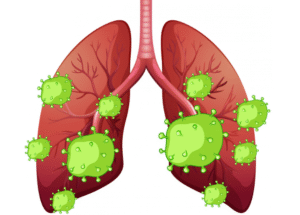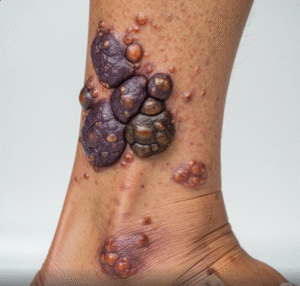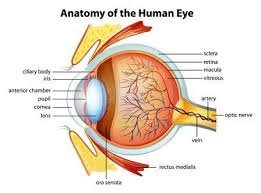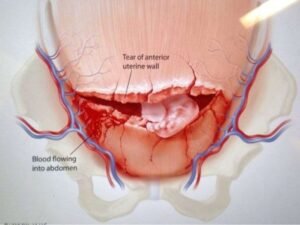➤ Overview
Summer rashes are skin irritations that occur or worsen during hot and humid weather, often caused by heat, sweat, allergens, or environmental factors. These rashes can appear anywhere on the body but are most common in areas that are prone to friction, sweating, and sun exposure.
In South Korea, summer rashes are frequently evaluated by dermatologists who specialize in allergic, infectious, and environmental skin conditions. Proper diagnosis ensures appropriate treatment, prevention of complications, and relief of discomfort.
➤ Key Facts
→ Summer rashes are more common in children, elderly, and individuals with sensitive skin.
→ They can be mild, moderate, or severe, sometimes causing pain, itching, or infection.
→ Hot and humid climates, tight clothing, and prolonged sun exposure are common triggers.
→ In Korea, diagnosis may involve clinical examination, patch testing, and sometimes lab tests to rule out infection or allergic causes.
→ Summer rashes can be prevented or minimized with proper skincare, clothing choices, and hygiene.
→ Chronic or severe rashes may indicate underlying skin disorders such as eczema or fungal infections.
→ Early intervention reduces the risk of secondary bacterial infections, scarring, and skin discoloration.
➤ What is Summer Rashes?
Summer rashes refer to skin eruptions or irritations triggered or exacerbated by hot, humid weather:
→ Heat rash (Miliaria) – Caused by blocked sweat glands, leading to small red or clear bumps.
→ Prickly heat – Intense itching or prickling sensation due to sweat accumulation.
→ Allergic rashes – Triggered by plants, insect bites, or environmental allergens.
→ Friction-related rashes – Due to tight clothing or repetitive movement.
→ Fungal infections – Yeast or dermatophyte infections flourish in warm, moist conditions.
→ Sun-related rashes – Sunburn or polymorphic light eruptions in sensitive skin.
→ Sweat-induced irritation – Common in skin folds such as underarms, groin, and under breasts.
Korean dermatologists classify summer rashes based on cause, severity, location, and appearance for targeted treatment.
➤ What Symptoms are Related to Summer Rashes?
Symptoms vary depending on the type of rash and underlying cause:
→ Red or pink patches on affected skin areas.
→ Small bumps, blisters, or pimples – Often itchy or painful.
→ Itching or burning sensation – Common in heat rash and allergic reactions.
→ Swelling or tenderness – Especially if secondary infection occurs.
→ Scaling, peeling, or crusting – Indicates fungal or bacterial involvement.
→ Pain or discomfort – Severe in sunburn or friction-related rashes.
→ Foul odor – May occur with fungal infections in moist areas.
→ Fluid-filled blisters – In severe cases, such as contact dermatitis or viral rash.
→ Spread to multiple areas – Can occur in generalized allergic or infectious rashes.
➤ What Causes / Possible Causes?
Summer rashes can result from heat, sweat, friction, allergens, or infections:
→ Excessive sweating – Blocks sweat glands, causing heat rash.
→ Hot and humid weather – Promotes bacterial or fungal growth on skin.
→ Friction from clothing – Tight or non-breathable fabrics irritate skin.
→ Allergic reactions – Insect bites, plant exposure, or chemical irritants.
→ Sun exposure – Sunburn or photosensitive reactions.
→ Fungal infections – Tinea versicolor, candidiasis, or athlete’s foot.
→ Bacterial infections – Staphylococcus or Streptococcus in warm, moist areas.
→ Poor hygiene or prolonged moisture – Increases susceptibility to infection.
→ Underlying skin conditions – Eczema or atopic dermatitis may flare in summer.
➤ When Should I See My Doctor?
Medical evaluation is important if the rash is severe, persistent, or accompanied by concerning symptoms:
→ Rash lasting more than one week without improvement.
→ Severe itching, pain, or swelling.
→ Blisters or oozing that may indicate infection.
→ Fever or malaise accompanying the rash.
→ Rapidly spreading rash or involvement of large areas.
→ Recurrent rashes every summer suggesting an underlying allergy or skin condition.
→ No response to home care or over-the-counter treatments.
→ Signs of bacterial infection – Pus, redness, or warmth around the rash.
Prompt evaluation in Korea ensures accurate diagnosis, early treatment, and prevention of complications.
➤ Care and Treatment
Treatment depends on cause, severity, and location of the rash:
→ Cool compresses – Reduce heat and soothe irritation.
→ Airy and loose clothing – Minimizes friction and allows ventilation.
→ Topical treatments – Anti-itch creams, hydrocortisone, or antifungal ointments.
→ Proper hygiene – Frequent gentle cleansing and drying of skin folds.
→ Avoidance of triggers – Sunscreen, insect repellents, or allergen avoidance.
→ Oral medications – Antihistamines for allergic reactions or antibiotics for secondary infection.
→ Moisturizers and barrier creams – Protect skin from friction and moisture.
→ Sun protection – Hats, clothing, and sunscreen to prevent sun-induced rashes.
→ Lifestyle modifications – Hydration, cooling measures, and avoiding peak heat hours.
➤ Treatment Options in Korea
South Korea offers advanced dermatological care for summer rashes, combining diagnosis, medical treatment, and preventive strategies:
Diagnosis in Korea
→ Clinical examination – Identifies rash type, location, and severity.
→ Patch or allergy testing – Determines specific allergens causing reactions.
→ Laboratory tests – Skin swabs or cultures to detect bacterial or fungal infections.
→ Imaging – Rarely needed, only for deep infections or complicated cases.
Medical Treatments in Korea
→ Topical corticosteroids – Reduce inflammation and itching.
→ Antifungal creams – Treat fungal rashes effectively.
→ Oral antihistamines – Control itching and allergic responses.
→ Oral antibiotics – Prescribed for bacterial superinfection.
Advanced Therapies in Korea
→ Laser or light therapy – For persistent or recurrent rashes like prickly heat or eczema flare-ups.
→ Professional skin care regimens – Customized for sensitive or allergic skin.
→ Integrated dermatology programs – Combine treatment with lifestyle guidance, skin hydration, and preventive measures.
Rehabilitation & Support in Korea
→ Patient education on skin care, sun protection, and allergy avoidance.
→ Follow-up care to monitor response to treatment and prevent recurrence.
→ Guidance on cooling, hydration, and summer-specific skincare routines for long-term prevention.



